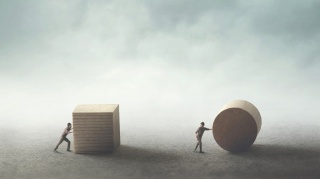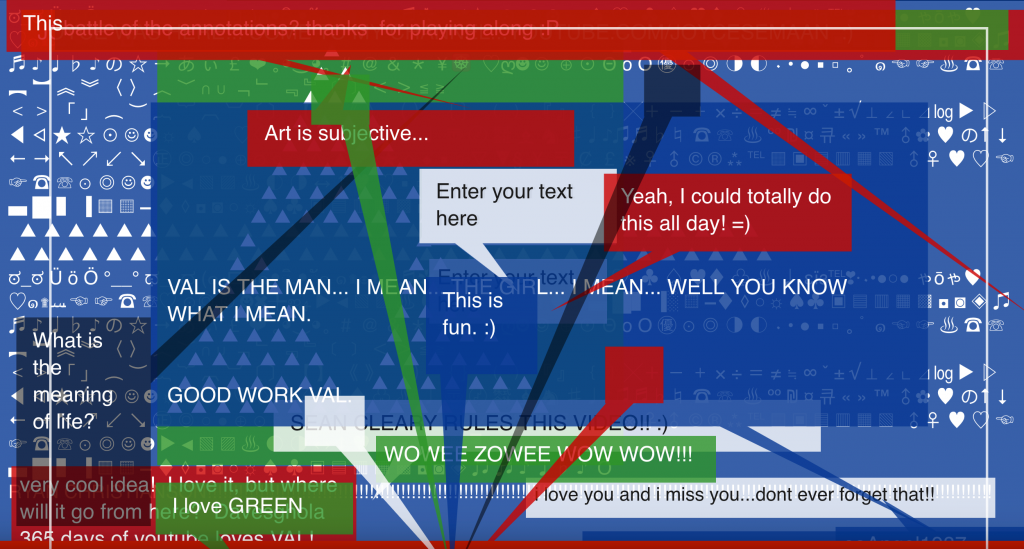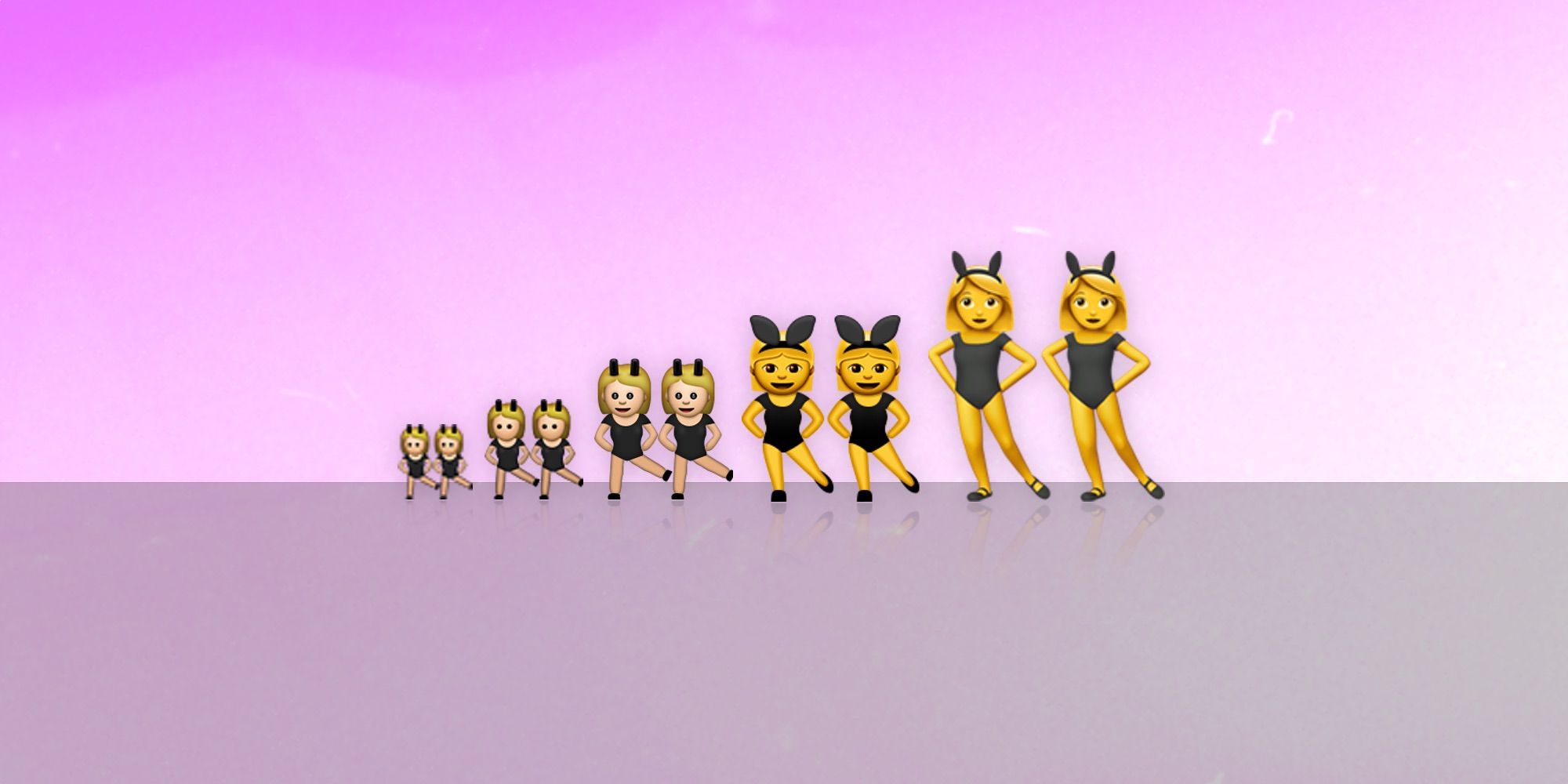YouTube is ending its video annotations feature and Andy has rounded up a collection of some of the most innovative uses. It's a great reminder that people are endlessly inventive with any tools they have available to them. Even though most annotations are an annoying distraction, people did interesting things with them and we lose some of our history when companies remove content. Check them out within the next couple weeks—then they'll be gone.










